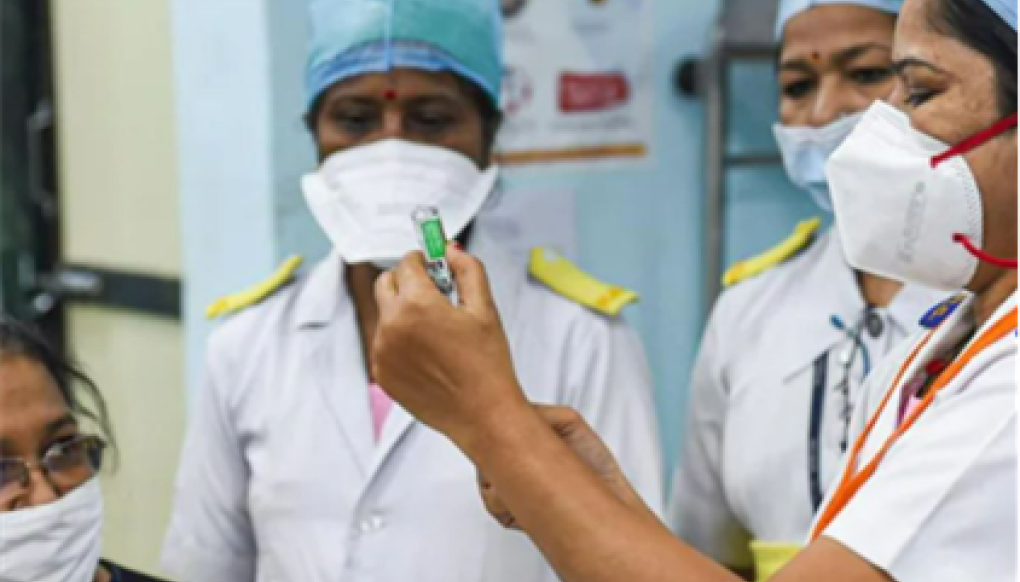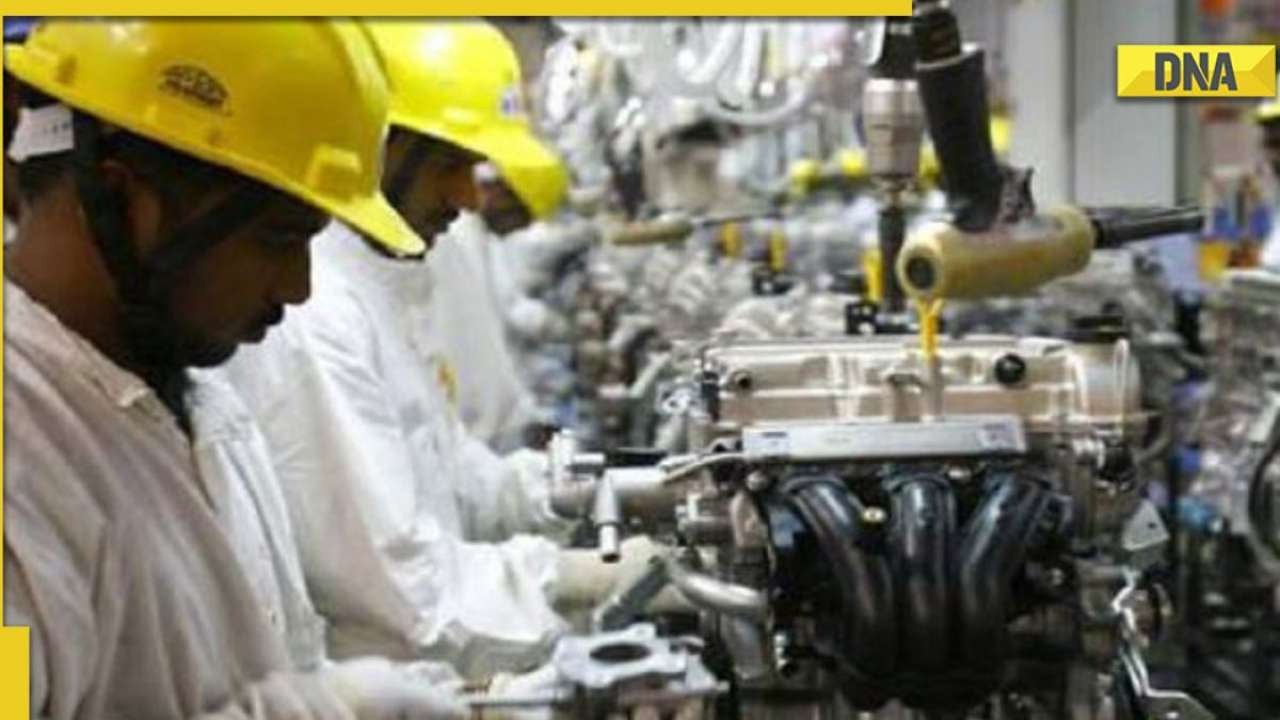India has come a long way with key indicators like Maternal Mortality Rate (MMR), Infant Mortality Rate (IMR), child malnutrition etc. showing marked improvement from the past decade. A series of recent initiatives, with the aim of improving public health care system have been undertaken recently. The Swachh Bharat Abhiyan, National Health Mission (NHM), increased immunisation initiatives like Mission Indradhanush, launch of free antenatal care on fixed days of the month, tobacco control and dengue prevention programmes are some of the initiatives which are aimed at overhauling India’s medical care system.
World Bank estimates the Indian government’s spending on healthcare at Rs 37,061.55 crores which is 30 percent as compared to China, where the government spending is 56 percent of the total health expenditure. The Out of Pocket Expenses (OPE) in India on healthcare by its citizens is amongst the highest in the world. Emphasising the need of better healthcare financing, the High-Level Expert Group (HLEG) report on Universal Health Care in India recommended increasing public expenditures on health from 1.2 percent of GDP to at least 2.5 percent by the end of the 12th plan, and to at least 3 percent of GDP by 2022.
Stepping up investment in public healthcare is pivotal to sustaining India’s economic growth. A recent study says “Global Health Care spending will increase by an average of 4.3 percent during 2015-2019, more slowly than it did before 2009 recession due to the pressure to reduce costs, yet increase efficiency.” It emphasises the need to decrease costs by sector stakeholders and stresses the need to shift from traditional Fee for Service (FFS) based payment model to Value Based Care (VBC) models. WHO also stresses on a need-based assessment of population and its linkage with Health Care Service providers, while envisaging development of domestic financing institutes by international development partners, so that fund management is not fragmented and avoiding duplication.
Experts have reiterated the need for increase in healthcare fund allocation and WHO in its seminal article on health financing for universal coverage has clearly stated that “while the scarcity of funds for health is a constraint everywhere, all countries can do more with existing resources,” thus opening a Pandora’s box where some might favour increased budgetary allocation while another school of thought stressing on the need of better utilisation.
Worldwide, countries seem to be working on better utilisation of health resources rather than more fund allocation. For instance, in USA, use of evidence based medicine is one of the hallmarks in deciding the budgetary allocation. Recently, Centre for Disease Control (CDC) Atlanta reported that approximately half of all antibiotic prescriptions are either unnecessary or used inappropriately. This stresses the need for judicious use of antibiotics to reduce the burden on drug purchase while easing the stress on the researchers working on new molecules. Around 10-15 percent of investigations in UK health care systems and 30-40 percent investigations in US health care system provided little to no benefit resulting in improper utilisation of resources.
In India, substantial part of the funds allocated to states under the National Rural Health Mission (NRHM) are either not drawn by the states or are not efficiently used leading to high OPE being incurred on the common man. This needs to be rectified as well. China has achieved over 95 percent public medical insurance. In India, the National Health Assurance Mission (NHAM) with the aim of health insurance cover for everyone is yet to be effectively rolled out.
A Public Administration study has found that the key to better utilisation lies in improving efficiency of resources, simultaneously developing health care services of an assured clinical quality that can be achieved by:
a) Developing an efficient health budget with appropriate utilisation management
b) Improving resource allocation through cost effectiveness
c) Flexibility in health care financing and fund allocation, avoiding “one size fits all” policy
d) Establishing full proof financial monitoring and audit mechanism
e) Capacity building and training to staff along with better HR management
f) Wider spread of health insurance products
The development of a cost effective, pro-poor, sustainable healthcare budget that minimises the out-of-pocket expenditures is a challenging task. It would be interesting to see the government present a healthcare budget with stress on better utilisation of resources rather than more allocation.




